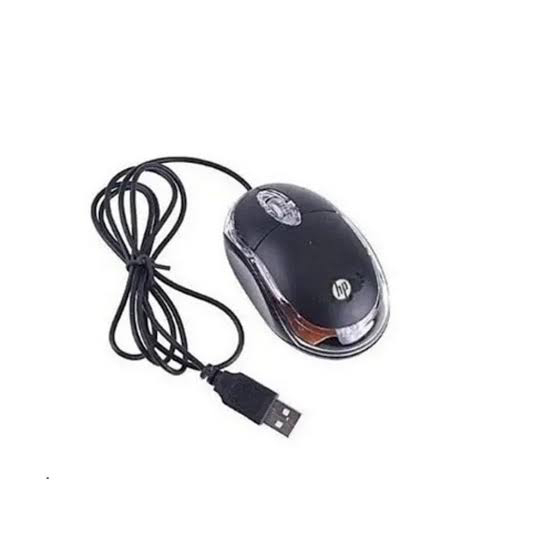
It is a device that reads an item (image, text) and creates a digital copy of it.
Operating principle
Scanning with an analog-to-digital converter creates a digital description of the image. The final result of the scanner is a file that can be opened on a computer, phone, or tablet).
Stages of scanner operation

- Place a sheet of paper on the side you want to scan on the scanner's work surface
- Select the settings (resolution, color, file format, etc.)
- Scanning is initiated by a button on the scanner or by a command from a device connected to the scanner
- When the scanning signal is received, the mechanisms that move the lamp across the entire area are activated
- The lamp shines on the data carrier, reflecting the information on the mirror system. This system allows the data to enter the analog-to-digital converter
- The received information is sent to a computer
Types
Flatbed Scanner

This type of scanner is used at homes and offices. It is called a flatbed scanner because a sheet of paper is placed on a flat surface - the scanner glass. Many types of data carriers can be scanned with this scanner, from an A4 sheet of paper to thick books.
Pulling Scanner
This type of scanner pulls a sheet of paper through its internal components. It only scans separate sheets of paper.
Manual Scanner
This type of scanner is professional equipment used for work in offices and enterprises. It allows large quantities of information to be scanned quickly.
Industrial
Streaming Scanner
Drum Scanner







































